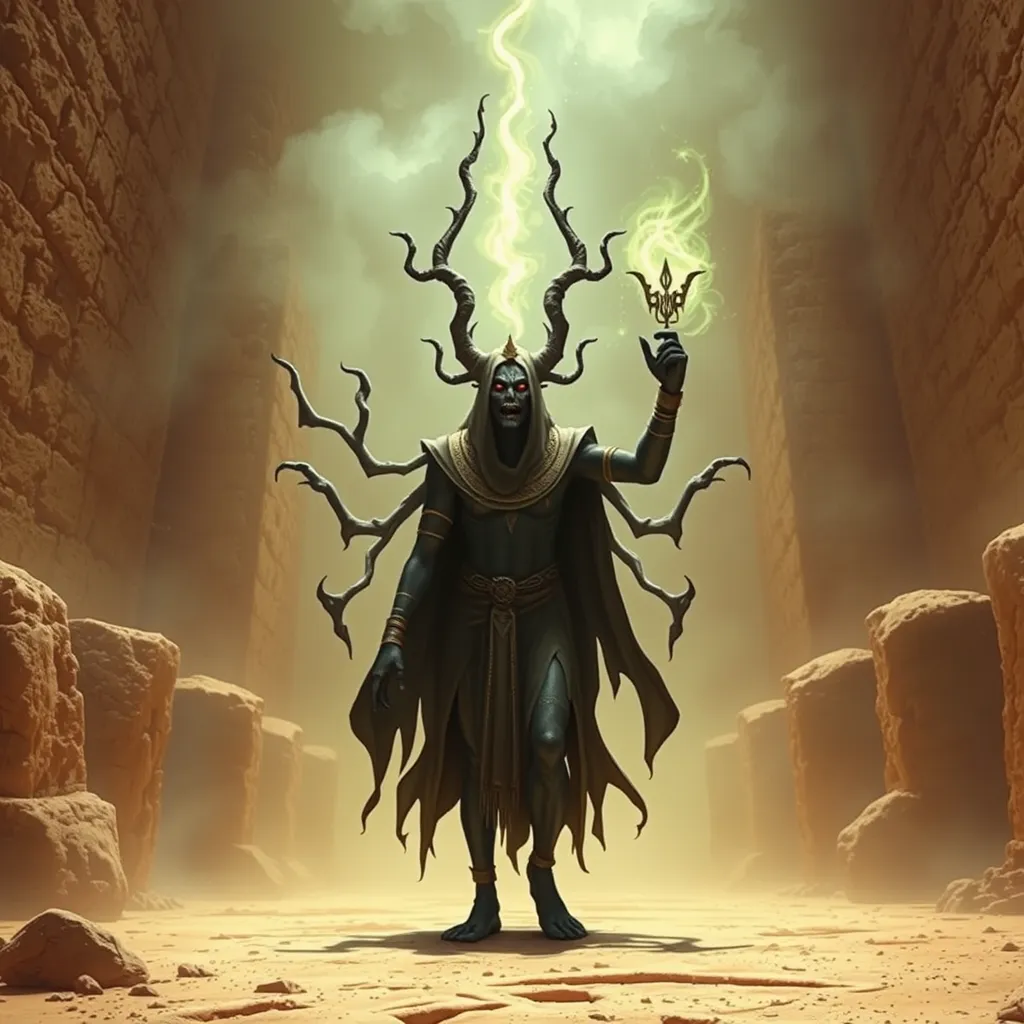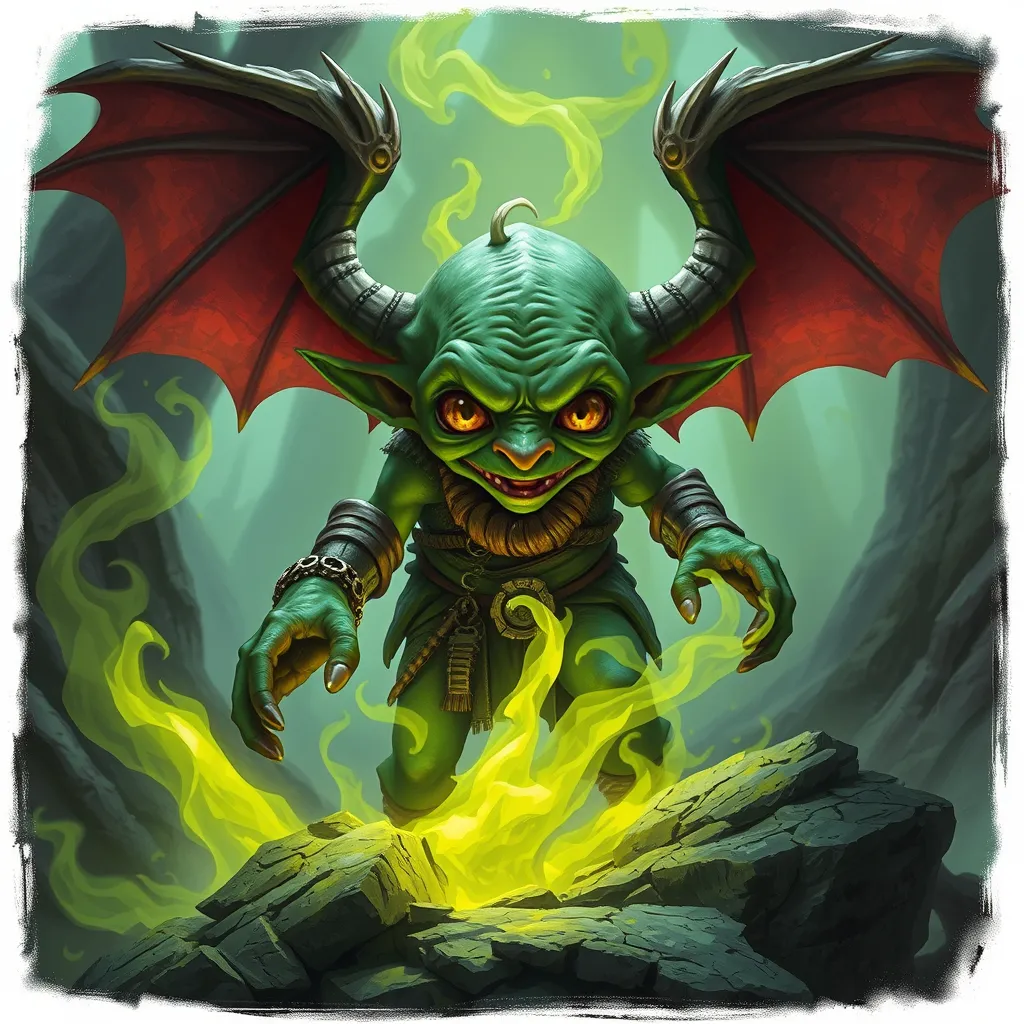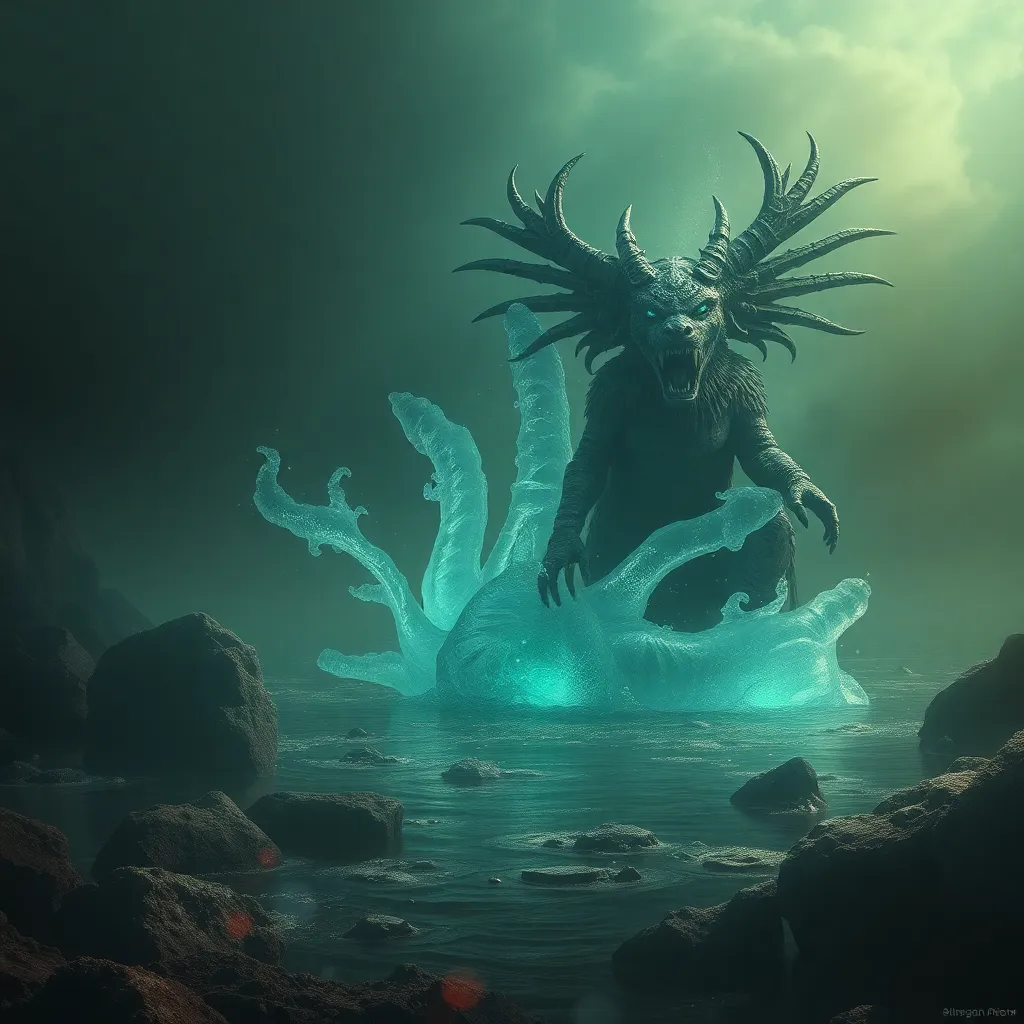The Jinn in Ancient Egypt: Demonic Entities and Spells
I. Introduction
The concept of Jinn has pervaded various cultures throughout history, often depicted as supernatural beings with the ability to influence the mortal realm. In Islamic tradition, they are regarded as sentient creatures created from smokeless fire, possessing free will similar to humans. However, the roots of Jinn mythology extend back to ancient civilizations, particularly in Egypt, where these entities played a crucial role in spiritual beliefs and practices.
In ancient Egyptian culture, Jinn were not merely considered demonic entities; they embodied a complex interplay of benevolence and malevolence, impacting both the living and the dead. The significance of Jinn in ancient Egyptian beliefs highlights their importance in the realm of magic, protection, and the afterlife.
II. Historical Context of Jinn in Ancient Egypt
A. Origins of the Jinn in Ancient Mythology
The origins of Jinn can be traced back to various ancient mythologies, with their earliest mentions found in Mesopotamian texts. These beings were often associated with natural elements and were believed to possess the ability to influence human affairs. In ancient Egypt, the influence of Mesopotamian culture introduced various interpretations of these supernatural entities, which were integrated into the local belief system.
B. Cultural Interactions Between Egyptians and Other Civilizations
Throughout history, Egypt was a melting pot of cultures due to trade and conquest. Interactions with neighboring civilizations, such as the Mesopotamians and Persians, contributed to the evolution of Jinn mythology. The Egyptians adopted many aspects of these beliefs, often blending them with their own deities and spirits, resulting in a unique perspective on the nature of Jinn.
III. The Nature of Jinn: Characteristics and Classifications
A. Different Types of Jinn: Benevolent vs. Malevolent
In ancient Egyptian beliefs, Jinn were classified based on their nature:
- Benevolent Jinn: These Jinn were viewed as protectors, guiding individuals and offering assistance in times of need.
- Malevolent Jinn: Often associated with chaos and misfortune, malevolent Jinn were believed to cause illness, misfortune, and unrest.
B. Physical and Spiritual Attributes of Jinn in Ancient Texts
Ancient texts describe Jinn as beings that could take on various forms, from human-like appearances to more monstrous shapes. They were often depicted as elusive, capable of moving between the physical and spiritual realms, which made them both fascinating and fearsome to the ancient Egyptians.
IV. Jinn in Egyptian Religion and Mythology
A. The Role of Jinn in the Egyptian Pantheon
In the context of Egyptian religion, Jinn were often linked to the pantheon of gods and goddesses. They were considered intermediaries between the divine and mortal realms, playing a role in the balance of cosmic order.
B. Jinn-Related Deities and Their Functions
Several deities in the Egyptian pantheon had associations with Jinn:
- Set: Often viewed as a god of chaos, Set’s connection to malevolent Jinn exemplified the darker aspects of these entities.
- Anubis: The god of the afterlife, Anubis had links to the spirits of the dead, including the Jinn who guided souls to the afterlife.
V. Spells and Incantations Involving Jinn
A. Common Spells and Their Purposes
Spells involving Jinn were prevalent in ancient Egyptian magic, serving various purposes:
- Protection: Rituals to ward off malevolent Jinn and protect individuals from harm.
- Summoning: Spells to call upon benevolent Jinn for guidance and assistance.
B. Rituals and Practices Used to Engage with Jinn
Ancient Egyptians employed a variety of rituals to engage with Jinn, including:
- Offering food and incense to appease benevolent Jinn.
- Creating protective amulets inscribed with spells to guard against malevolent forces.
VI. Jinn in Ancient Egyptian Literature
A. References to Jinn in Sacred Texts and Literature
Jinn appear in various ancient Egyptian texts, including the Book of the Dead, where they are mentioned as guardians of the underworld. These references illustrate the cultural significance of Jinn in the context of life after death and spiritual protection.
B. Analysis of Notable Stories and Their Implications
One notable story involves the tale of a hero summoning a Jinn to aid him in overcoming trials. This narrative reflects the dual nature of Jinn as both helpers and potential threats, embodying the complexities of ancient Egyptian beliefs about the supernatural.
VII. Jinn in Egyptian Society: Beliefs and Practices
A. Everyday Beliefs About Jinn Among Ancient Egyptians
The belief in Jinn permeated everyday life in ancient Egypt. People commonly spoke of Jinn in relation to dreams, misfortunes, and unexplained phenomena, attributing many aspects of their lives to these supernatural beings.
B. The Influence of Jinn on Social Customs and Practices
Jinn significantly influenced social customs, including:
- Rituals performed during childbirth to protect mothers and infants from malevolent Jinn.
- Festivals dedicated to honoring benevolent spirits to ensure community well-being.
VIII. Conclusion
The impact of Jinn on ancient Egyptian culture is profound and multifaceted. As entities that bridged the gap between the mortal and divine, Jinn were integral to the spiritual and social fabric of Egyptian society. Their legacy continues to resonate in contemporary beliefs, where echoes of ancient practices and myths can still be found in modern spiritual and cultural contexts.
In reflecting on the role of Jinn in ancient Egypt, we uncover a rich tapestry of belief that highlights humanity’s enduring fascination with the supernatural, the unknown, and the mystical forces that shape our existence.




